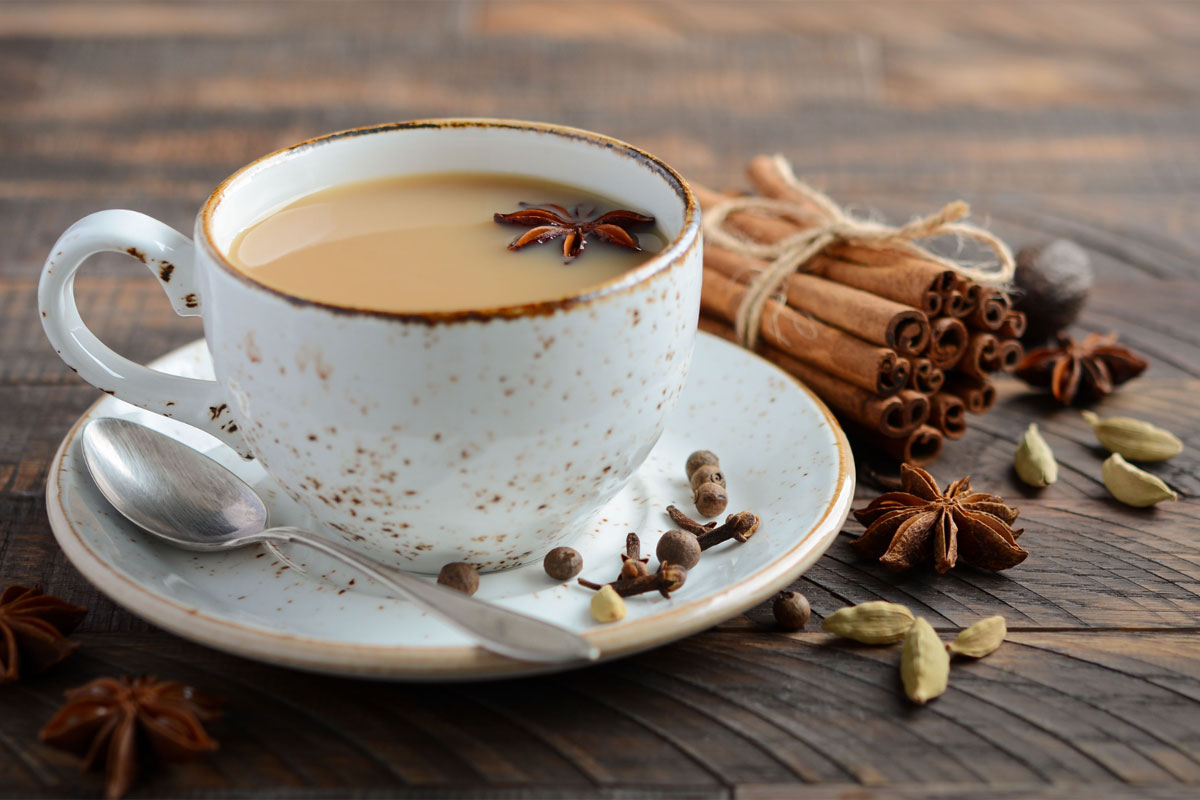
India is well known for its tea production. In fact, India is the second-largest tea-producing country in the world, with China being the first. Here are the rankings for top tea producing countries in the world (based on 2022 figures):
- No 1. China - 2,400,000 tonnes per year
- No 2. India - 900,000 tonnes per year
- No 3. Kenya - 305,000 tonnes per year
- No 4. Sri Lanka - 300,000 tonnes per year
- No 5. Turkey - 175,000 tonnes per year
- No 6. Indonesia - 157,000 tonnes per year
- No 7. Vietnam - 117,000 tonnes per year
- No 8. Bangladesh - 96,000 tonnes per year
- No 9. Japan - 89,000 tonnes per year
- No 10. Iran - 84,000 tonnes per year
Whilst China is the undisputed producer of tea, Indian Teas are firmly in second place with a staggering 900,000 tonnes produced last year, almost three times that of third placed Kenya. The history of India Tea cultivation can be dated back to the 19th century in Assam and Darjeeling when the British first introduced tea plantations. Since the 19th century, India has become recognised as a producer of some of the finest specialist teas, and that’s down to many factors including the geography and climate, which are so well suited to the production of tea products.
The unique qualities of Indian Tea
So what makes Indian Tea so distinctive when compared to the other two countries in the top 3; China & Kenya?
Indian Teas in comparison to Chinese Teas:
India and China are the world's leading tea producers, each with a rich history of tea cultivation. Both countries offer a diverse range of teas, each with its distinctive characteristics. Indian teas are known for their unique regional flavours, while Chinese teas are celebrated for their delicate aromas and complex processing methods.
If we take Indian Darjeeling tea as an example, Darjeeling tea has a very delicate taste with floral notes, whilst Chinese Jasmine tea from China has jasmine-scented leaves, which make for a unique aroma. Indian Assam teas are also famous for their bold flavour, whereas Chinese Pu-erh teas are fermented and aged in highly intricate processes.
Both countries share a rich cultural heritage associated with tea drinking. India has the timeless tradition of drinking chai tea, whilst China hosts the ancient Gongfu Cha, an elaborate ceremony which demonstrates a deep held respect for tea.
Indian Teas compared to Kenyan Teas:
Kenya is one of the leading tea producers in Africa and stands as a significant competitor to India in the international market of tea production. Kenyan teas are known for their briskness and vibrant color, particularly in the case of their black teas. Whilst Indian Teas are highly diverse with many different varieties, Kenya focuses mainly on producing black teas.
India's advantage is that it can produce a range of flavours thanks to its varied geography. However, Kenya's rapid growth in the tea industry and its focus on efficient production have made it an emerging contender in the global tea market, so watch this space!

